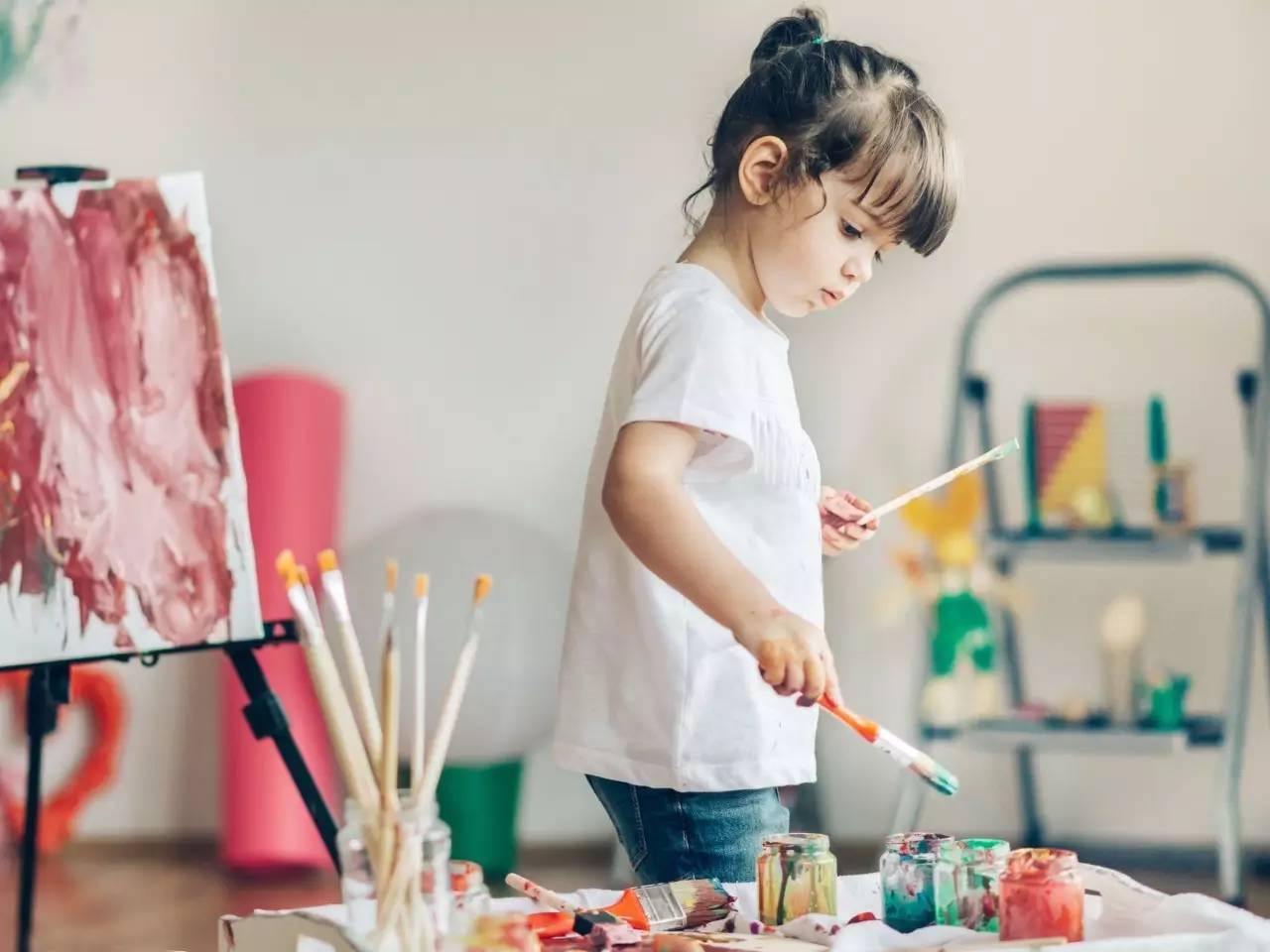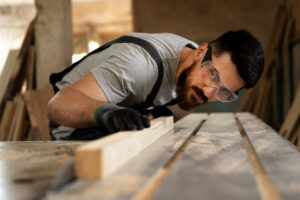Kids’ creativity shouldn’t be just reserved for playtime. Some of the most beautiful and important inventions of our time were created by creative people who seek inspiration everywhere around them. When you support the child’s creativity, you support the child’s ability to think outside the box and be more receptacle for greater possibilities. Start by fostering the child’s creativity at home, by providing a safe and inspiring place for them to be creative as they grow.

Open up space
No one knows how creativity is born, but having a big, open space certainly helps. For example, where can your child dance to the music if there’s not enough room to dance? When designing your child’s room, make sure to leave plenty of unused space. Incorporate the drawers into the closet, keep the toy boxes under the bed, or move them out of the room altogether. With enough free floor area in the middle of the room, your kid can build a fort, assemble a railway set, or be creative on a big canvas.
Make a center stage
It usually doesn’t take much for the little performers in your family to make themselves known. They will dramatically repeat the lines from movies or advertising slogans. If you have a young performer, consider adding a stage to their room design. A child-safe 2-inch-tall stage in the corner of the room is an easy one-day project that can make a lot of difference. Confident kids who like to perform in front of their family will often have more confidence for public speaking later in life. Besides, if your kid has shown an interest in music, make sure to keep musical instruments or karaoke machine near the stage. Different costumes kept nearby can help young actors practice different characters.

Make room on the desk
Young painters, sculptors, or writers need a place for their creativity to run wild. An easel stand in the corner will provide a great place for youngpainters, while a flat desktop is more suitable for those who sketch by hand, or young writers to write their letters, postcards, and short stories. Apart from the main desk, consider purchasing a lap desk, so your kid can get creative when he or she isn’tfeeling well or just before going to sleep. Many established toy manufacturers offer child-sized easels and art desks. However, when choosing a writing desk, choose a full-size model that can grow as your kid advances through school.
Choose an interesting rug
When designing a kid’s living space, there are three things to keep in mind – safety, fun, and stimulation. An engaging rug placed in the kid’s room delivers all three. Whether you have a hardwood or carpeted floor, a novelty rug can add to the general theme of the room. Since children are visual learners, vivid floor rugs can stimulate their imagination and creativity. Whether you like rugs with playful color tints and shades, interesting geometric shapes, or otherworldly floral patterns, it’s always best to let your kid choose the rug they find most interesting.

Plan for a creativity wall
Your kid’s artwork should be limited only to the desk or easel. The kid’s room wall provides plenty of space that your little one can use creatively. Chalkboard walls are a trend that is popular in both residential and commercial environments. Let you kid write down ideas and messages for you to read, or create elaborate artwork, and when they are through, they can erase everything and start again. On the other hand, if you don’t like the idea of chalk dust floating where your kid sleeps, install dry erase boards which can be magnetic, and provide markers instead.
Provide creative supplies
For your child to be and stay creative, make sure they have plenty of supplies. The shelving units and drawers in their rooms should be stocked with art supplies, apart from the usual choice of drawing pads, canvasses, crayons, watercolors, stencils, and stickers, make sure to include items that encourage other forms of creativity, such as plasticine and constructor sets. Also, encourage your kid to be creative with found items, such as bottle caps, stones, cardboard, etc. which is a good way to teach them about the environment and reusing objects, as well as items from nature such as pinecones, acorns, and seeds.
It’s a common misconception that your kids’ room needs to be as neat and tidy as the remainder of your home. While you should teach your kid tidiness, it’s also important to create their environment in such a way that it fosters their curiosity, creativity, and inspiration.



